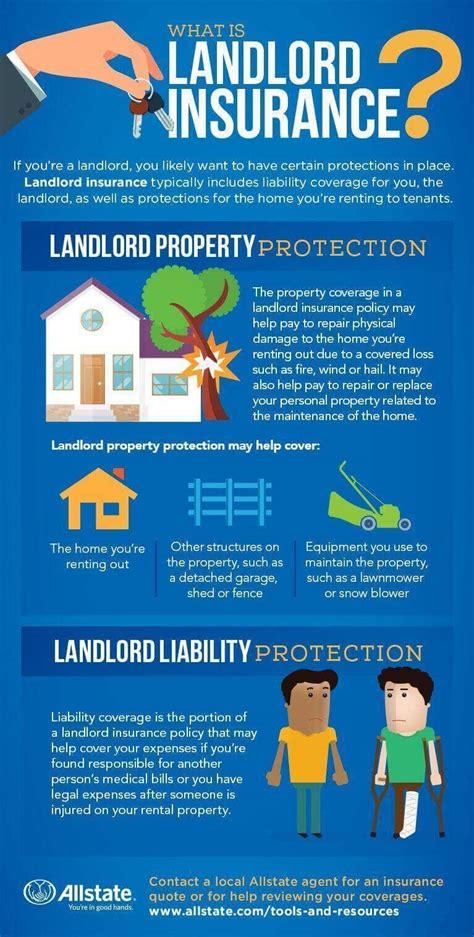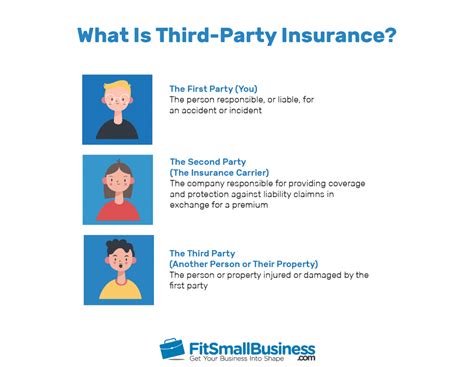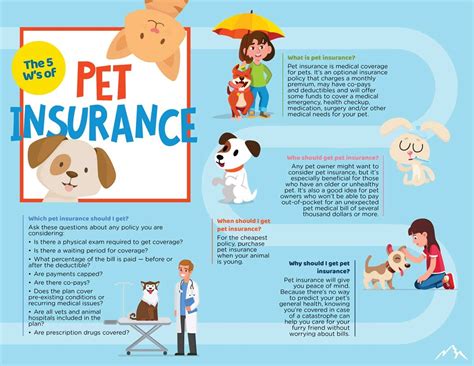Learn the definition, benefits, and potential drawbacks of retrospectively rated insurance, and how it works. Considerations for choosing the best option.
Definition of retrospectively rated insurance
Contents
Definition of Retrospectively Rated Insurance
Retrospectively rated insurance is a type of insurance where the final premium is determined after the policy has expired. This is in contrast to traditional insurance, where the premium is fixed at the beginning of the policy term. The retrospective rating process involves the calculation of the final premium based on the actual loss experience of the insured, often in collaboration with the insurer.
Under retrospective rating, an initial deposit premium is paid at the beginning of the policy term. After the policy expires, the insurer assesses the actual losses incurred by the insured and makes the necessary adjustments to the premium. If the losses are lower than expected, the insured may receive a refund, but if the losses exceed the initial deposit premium, the insured may be required to pay an additional amount.
One of the key features of retrospectively rated insurance is the element of risk-sharing between the insured and the insurer. This can provide an incentive for the insured to implement strong risk management practices to minimize losses, as it directly impacts the final premium amount. The element of unpredictability in the final premium amount, however, can make it challenging for businesses to budget and plan for insurance costs.
Retrospectively rated insurance is commonly used in situations where the potential losses are difficult to predict with a high degree of accuracy, such as in workers’ compensation and general liability insurance. It provides a way for insured parties to have a more direct correlation between their premium costs and their actual loss experience, providing greater transparency and accountability.
How retrospectively rated insurance works
Retrospectively rated insurance is a type of insurance where the final premium is not determined until the end of the policy period. It is commonly used for workers’ compensation and general liability insurance. The premium is based on the actual losses experienced during the policy period, rather than on an estimate of what those losses might be.
In retrospectively rated insurance, the insured pays a deposit premium at the beginning of the policy period. At the end of the policy period, the final premium is calculated based on the actual loss experience, and the difference between the deposit premium and the final premium is either refunded to the insured or billed as additional premium.
One of the key features of retrospectively rated insurance is the retrospective rating plan, which is a predetermined formula used to calculate the final premium. This formula typically takes into account the insured’s loss experience, the insurance company’s expenses, and a profit margin for the insurance company.
Retrospectively rated insurance can be advantageous for companies with good loss experience, as they may receive a refund on their deposit premium. However, it can also be risky for companies with poor loss experience, as they may end up paying a higher final premium than the deposit premium.
Overall, retrospectively rated insurance provides a way for companies to have more control over their insurance costs, as the final premium is based on their actual loss experience. However, it is important for companies to carefully consider their loss history and risk tolerance before choosing this type of insurance.
Benefits of retrospectively rated insurance
Retrospectively rated insurance can offer several benefits to businesses, especially those with fluctuating or unpredictable losses. One of the primary advantages is the potential for cost savings. With this type of insurance, premiums are based on actual losses incurred, rather than on estimated projections. This means that if a business experiences fewer losses than expected, they could end up paying lower premiums, resulting in cost savings.
Another benefit of retrospectively rated insurance is improved cash flow management. Instead of having to pay a large lump sum premium at the beginning of the policy period, businesses can spread out their payments based on their actual losses. This can help with budgeting and managing expenses more effectively.
Additionally, retrospectively rated insurance can provide businesses with a greater level of control and transparency. Since premiums are based on actual losses, businesses have a clear understanding of how their premiums are calculated and can take steps to minimize losses and ultimately reduce their insurance costs.
Furthermore, this type of insurance can be particularly beneficial for businesses with seasonal fluctuations in their operations. Instead of being locked into fixed premiums for the entire policy period, businesses can adjust their premiums based on their actual losses during peak and off-peak seasons, providing them with more flexibility and cost-effectiveness.
In summary, the benefits of retrospectively rated insurance include potential cost savings, improved cash flow management, greater control and transparency, and flexibility for businesses with seasonal variations. It’s important for businesses to carefully consider these benefits when evaluating their insurance options to choose the best fit for their unique needs and circumstances.
Potential drawbacks of retrospectively rated insurance
Retrospectively rated insurance, while offering many benefits, also comes with a few potential drawbacks that businesses should be aware of before deciding to pursue this type of coverage.
One potential drawback of retrospectively rated insurance is the unpredictability of costs. With a traditional fixed premium insurance policy, businesses know exactly how much they will have to pay for coverage each month. However, with retrospectively rated insurance, the final premium is determined based on the actual losses experienced during the policy period. This can lead to fluctuating premiums that are difficult for businesses to budget for.
Another consideration is the complexity of the retrospective rating process. Businesses that choose this type of insurance must be prepared to provide detailed data on their losses, which can be time-consuming and require additional resources. Additionally, the calculations involved in determining the final premium can be complex, requiring businesses to have a solid understanding of the insurance industry and the factors that influence their premiums.
Furthermore, businesses may find it difficult to accurately predict their future losses, especially if they operate in an industry with volatile risk factors. This uncertainty can make it challenging for businesses to determine if retrospectively rated insurance is the right choice for their needs. In some cases, businesses may end up paying more for coverage than they would with a traditional fixed premium policy, particularly if their losses are higher than anticipated.
Lastly, businesses should be aware that retrospectively rated insurance may not be a suitable option for all industries or businesses. Certain industries with high-risk profiles or specific loss characteristics may not be eligible for this type of coverage, limiting its availability as a viable option for some businesses.
Considerations when choosing retrospectively rated insurance
When considering retrospectively rated insurance, it’s important to take into account the unique features and potential drawbacks of this type of coverage. One key consideration is to carefully assess the financial implications of choosing a retrospectively rated insurance plan. Additionally, it’s crucial to evaluate the level of control and flexibility that such a plan offers in terms of premium adjustments and claims management.
Another important consideration when choosing retrospectively rated insurance is the level of risk tolerance of your organization. This type of insurance places some of the financial risk on the policyholder, so it’s essential to carefully consider whether your organization is comfortable with this potential exposure.
Furthermore, it’s important to thoroughly evaluate the claims management process of the retrospectively rated insurance plan. Understanding the timeline and process for claims submission, review, and payment is essential for ensuring that your organization can effectively manage any potential claims.
Lastly, when choosing a retrospectively rated insurance plan, it’s important to carefully review the terms and conditions of the policy. Pay close attention to any potential obligations, restrictions, or requirements that may impact your organization’s ability to effectively utilize the coverage.












